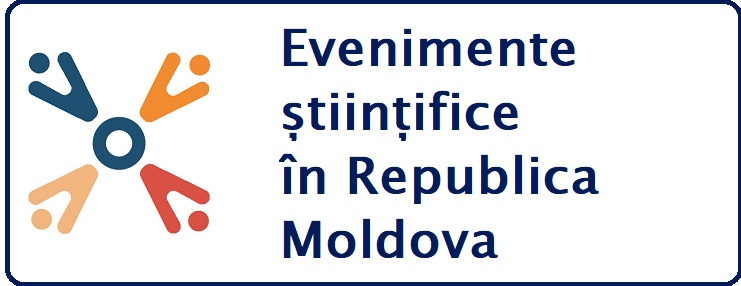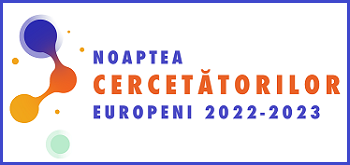| Conţinutul numărului revistei |
| Articolul precedent |
| Articolul urmator |
 |
 733 733 0 0 |
 SM ISO690:2012 SM ISO690:2012CHESOV, Ion, BELÎI, Adrian. Postoperative analgesic efficiency of transversus abdominis plane block after ventral hernia repair: A prospective, randomized, controlled clinical trial. In: Romanian Journal of Anaesthesia and Intensive Care, 2017, nr. 2(24), pp. 125-132. ISSN 2392-7518. DOI: https://doi.org/10.21454/rjaic.7518.242.chv |
| EXPORT metadate: Google Scholar Crossref CERIF DataCite Dublin Core |
 Romanian Journal of Anaesthesia and Intensive Care Romanian Journal of Anaesthesia and Intensive Care |
||||||
| Numărul 2(24) / 2017 / ISSN 2392-7518 | ||||||
|
||||||
| DOI:https://doi.org/10.21454/rjaic.7518.242.chv | ||||||
| Pag. 125-132 | ||||||
|
||||||
| Vezi articolul | ||||||
| Rezumat | ||||||
Background and aims: Effective postoperative analgesia is a key element in reducing postoperative morbidity, accelerating recovery and avoiding chronic postoperative pain. The aim of this study was to evaluate the effectiveness of ultrasound-guided Transversus Abdominis Plane (TAP) block, performed before surgical incision, in providing postoperative analgesia for patients undergoing open ventral hernia repair under general anaesthesia. Methods: Seventy elective patients scheduled for open ventral hernia repair surgery under general anaesthesia were divided randomly into two equal groups: Group I received bilateral TAP block performed before surgical incision (n = 35); Group II received systemic postoperative analgesia with parenteral opioid (morphine) alone (n = 35). Postoperatively pain scores at rest and with movement, total morphine consumption and opioid related side effects were recorded. Results: Postoperative pain scores at rest and mobilization/cough were significantly higher in patients without TAP block (p < 0.05). Mean intraoperative fentanyl consumption was comparable between the two groups: 0.75 ± 0.31 mg in group I (TAP) and 0.86 ± 0.29 mg in group II (MO), p = 0.1299. Patients undergoing preincisional TAP block had reduced morphine requirements during the first 24 hours after surgery, compared to patients from group II, without TAP block (p = 0.0001). There was no difference in the incidence of opioid related side effects (nausea, vomiting) in the both groups during the first 24 postoperative hours. Conclusion: The use of preincisional ultrasound guided TAP block reduced the pain scores at rest and with movement/cough, opioid consumption and opioid-related side effects after ventral hernia repair when compared with opioid-only analgesia. |
||||||
| Cuvinte-cheie Pain management, Postoperative pain, Ventral hernia, Transversus abdominis plane block |
||||||
|
Dublin Core Export
<?xml version='1.0' encoding='utf-8'?> <oai_dc:dc xmlns:dc='http://purl.org/dc/elements/1.1/' xmlns:oai_dc='http://www.openarchives.org/OAI/2.0/oai_dc/' xmlns:xsi='http://www.w3.org/2001/XMLSchema-instance' xsi:schemaLocation='http://www.openarchives.org/OAI/2.0/oai_dc/ http://www.openarchives.org/OAI/2.0/oai_dc.xsd'> <dc:creator>Chesov, I.</dc:creator> <dc:creator>Belîi, A.L.</dc:creator> <dc:date>2017-10-01</dc:date> <dc:description xml:lang='en'><p>Background and aims: Effective postoperative analgesia is a key element in reducing postoperative morbidity, accelerating recovery and avoiding chronic postoperative pain. The aim of this study was to evaluate the effectiveness of ultrasound-guided Transversus Abdominis Plane (TAP) block, performed before surgical incision, in providing postoperative analgesia for patients undergoing open ventral hernia repair under general anaesthesia. Methods: Seventy elective patients scheduled for open ventral hernia repair surgery under general anaesthesia were divided randomly into two equal groups: Group I received bilateral TAP block performed before surgical incision (n = 35); Group II received systemic postoperative analgesia with parenteral opioid (morphine) alone (n = 35). Postoperatively pain scores at rest and with movement, total morphine consumption and opioid related side effects were recorded. Results: Postoperative pain scores at rest and mobilization/cough were significantly higher in patients without TAP block (p < 0.05). Mean intraoperative fentanyl consumption was comparable between the two groups: 0.75 ± 0.31 mg in group I (TAP) and 0.86 ± 0.29 mg in group II (MO), p = 0.1299. Patients undergoing preincisional TAP block had reduced morphine requirements during the first 24 hours after surgery, compared to patients from group II, without TAP block (p = 0.0001). There was no difference in the incidence of opioid related side effects (nausea, vomiting) in the both groups during the first 24 postoperative hours. Conclusion: The use of preincisional ultrasound guided TAP block reduced the pain scores at rest and with movement/cough, opioid consumption and opioid-related side effects after ventral hernia repair when compared with opioid-only analgesia.</p></dc:description> <dc:identifier>10.21454/rjaic.7518.242.chv</dc:identifier> <dc:source>Romanian Journal of Anaesthesia and Intensive Care 24 (2) 125-132</dc:source> <dc:subject>Pain management</dc:subject> <dc:subject>Postoperative pain</dc:subject> <dc:subject>Transversus abdominis plane block</dc:subject> <dc:subject>Ventral hernia</dc:subject> <dc:title>Postoperative analgesic efficiency of transversus abdominis plane block after ventral hernia repair: A prospective, randomized, controlled clinical trial</dc:title> <dc:type>info:eu-repo/semantics/article</dc:type> </oai_dc:dc>












